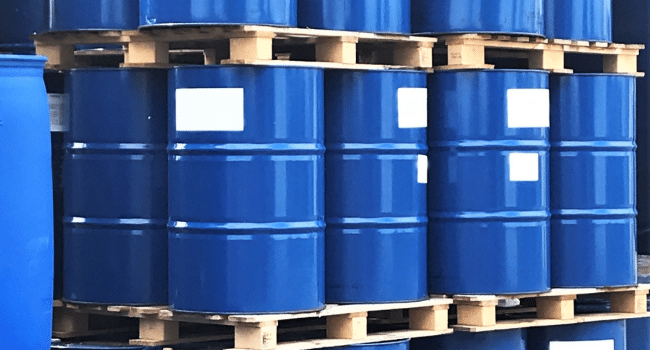Table of Contents
The safety measures employed in industrial and manufacturing environments are critical for safeguarding employees and the surrounding ecosystem from hazardous materials. Among these crucial safety solutions is the implementation of a chemical bund, an essential component of spill management designed to contain leaks and spillages of harmful substances.
Understanding the Importance of Chemical Bunds
Chemical bunds are often the first line of defence against industrial spills. By containing potentially dangerous chemicals within a secured area, these structures play a significant role in preventing contaminants from reaching waterways, soil, and endangering wildlife. Furthermore, they significantly minimise the risks posed to human health and help businesses comply with stringent environmental regulations.
The Structure and Functionality of Chemical Bunds
A chemical bund is a containment system that surrounds a tank or container holding toxic or hazardous substances. The design is simple yet effective: a raised lip or barrier encompasses the area where chemicals are stored or handled, ensuring that any incidental spillage is captured within the bund area, preventing it from spreading.
Material Considerations for Bund Construction
Choosing the right material for a chemical bund is crucial. Depending on the substances being handled, bunds can be constructed from concrete, steel, or polyethylene, among other materials. It is critical to select a material that is resistant to the chemicals in question, one that will not degrade or react adversely when in contact with them.
Capacity and Space Optimisation in Bund Design
The capacity of a chemical bund is determined by the volume of the containers it encloses and the regulatory requirements in place. A general rule of thumb is that a bund should hold 110% of the largest container’s capacity or 25% of the total volume of stored substances, whichever is greater, to ensure adequate containment.
Accessibility and Maintenance of Bund Systems
While designing a bund system, accessibility for cleaning and maintenance is also important. Regular inspections and cleaning are imperative to ensure that the bund continues to provide effective containment. Accumulated rainwater, debris, or spilled substances within the bund area need to be appropriately managed and disposed of in accordance with environmental guidelines.
The Role of Chemical Bunds in Environmental Compliance
Environmental laws often dictate stringent requirements for the management of hazardous substances. The use of a chemical bund is not only best practice but also a legal requirement in many jurisdictions to avoid penalties, demonstrating a commitment to environmental stewardship and workplace safety.
Chemical Spill Response and Contingency Plans
Beyond the installation of bunds, businesses must develop comprehensive spill response and contingency plans. These detailed strategies are necessary for rapid and effective action in the case of a spill, minimising harm to humans and the environment. Such plans often include proper training for employees, the availability of spill kits, and clear instructions on emergency procedures.
Integrating Bunds into Workplace Safety Culture
Adopting chemical bund solutions is a reflection of a company’s dedication to creating a culture of safety within the workplace. This involves not only the physical installation of bunds but also periodic training and awareness sessions for staff members. Everyone on-site should be aware of the role bunds play in spill management, and how to respond appropriately to spill events.
Monitoring and Inspection Regimes
Effective spill management involves regular monitoring and inspections of bund areas. This includes checking for cracks, leaks, or any signs of wear and degradation that could compromise the bund’s integrity. Preventive maintenance and prompt repairs are essential for ensuring that the bund system remains robust and functional.
Innovations in Chemical Bund Technology
With advancements in materials science and environmental engineering, newer and more efficient chemical bund designs are becoming available. These innovations offer increased durability, compatibility with a broader range of chemicals, and often, improved sustainability through the use of recycled materials or designs that reduce the amount of material needed.
Customisation Options in Bund Solutions
Every workplace has unique challenges when it comes to managing hazardous substances. Customised bund solutions can be tailored to accommodate specific site conditions, storage needs, and safety requirements. Experts in the field can advise on the best practices for design and implementation, ensuring that each bund system is optimised for its intended use.
Cost-Benefit Analysis of Installing Chemical Bunds
While there is an upfront cost associated with installing chemical bunds, the long-term benefits far outweigh the initial investment. By preventing environmental contamination and potential health hazards, businesses can reduce the likelihood of expensive clean-up operations, legal fines, and lost productivity due to shutdowns following spill incidents.
Conclusion: The Essential Nature of Bunds in Spill Management
In conclusion, the integration of a chemical bund system is an indispensable aspect of responsible spill management in industrial settings. By containing hazardous materials effectively, these bund solutions safeguard the workplace environment and contribute to broader environmental conservation efforts. It is through such conscientious practices that industries can operate sustainably, ensuring the health and safety of both people and the planet.
